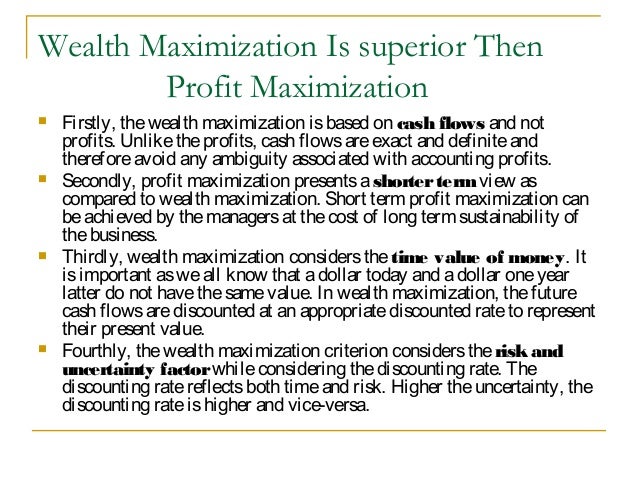


The essay begins by explaining why the design of pharmaceutical markets in the USA yields suboptimal and sometimes even negative health outcomes. 2 In this essay, written as the COVID-19 pandemic unfolds, we illustrate how this divergence of private incentives from public health needs widens in contexts of pandemic preparedness and pandemic response. 1 In previous work we have shown how characteristics of healthcare markets in the USA create a divergence between the private incentives of for-profit companies and public health needs, leading to suboptimal health outcomes in what is a uniquely market-driven healthcare system. The problems are particularly pronounced in pharmaceutical markets, where we are pinning our hopes for both cures and vaccines. For example, the costs to prevent customers from reselling the product to other consumers.The longstanding problems of relying on a market response to a pandemic are becoming readily apparent in the USA, which has quickly become the epicenter of the coronavirus disease 2019 (COVID-19) outbreak. For example, some working-class adults have less income than retired people.Īdministration costs: there are costs for businesses that carry out price discrimination. In addition, lower-income consumers may not be able to afford the high prices charged by the companies.Ĭreates unfairness in society: customers who pay a higher price are not necessarily poorer than those paying a lower price. This limits the product choices on the market and results in lower economic welfare. Lower product choices: some monopolies can take advantage of price discrimination to capture a greater market share and establish a high barrier to entry. Reduces consumer surplus: price discrimination transfers the surplus from consumer to producer, thus reducing the benefit consumers can receive. Regulates the demand: a company can utilise low pricing to encourage more purchases during the off-season and avoid crowdedness during the peak seasons. Lowers the price for some customers: some groups of customers such as older people or students can benefit from lower prices as a result of price discrimination. For many businesses, it’s also a way to make up for losses during the peak seasons. Price Determination in a Competitive Marketīrings more revenues for the seller: price discrimination gives the firm a chance to increase its profit more than when charging the same price for everyone.Market Equilibrium Consumer and Producer Surplus.Determinants of Price Elasticity of Demand.

Cross Price Elasticity of Demand Formula.Effects of Taxes and Subsidies on Market Structures.Monopolistic Competition in the Short Run.Monopolistic Competition in the Long Run.Behavioural Economics and Public Policy.


 0 kommentar(er)
0 kommentar(er)
